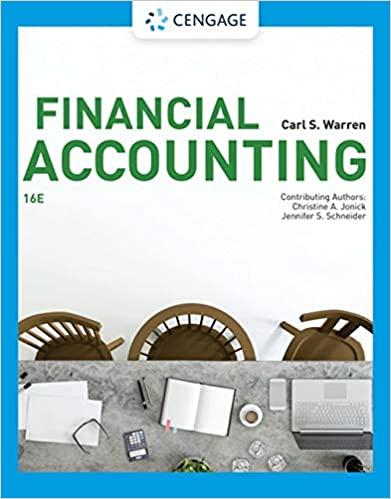Taye Barrow, M.D., and James Robbins, M.D., are sole owners of two medical practices that operate in
Question:
Taye Barrow, M.D., and James Robbins, M.D., are sole owners of two medical practices that operate in the same medical building. The two doctors agree to combine the assets and liabilities of the two businesses to form a partnership. The partnership agreement calls for dividing income equally between the two doctors. After several months, the following conversation takes place between the two doctors:
Barrow: I’ve noticed that your patient load has dropped over the last couple of months. When we formed our partnership, we were seeing about the same number of patients per week. However, now our patient records show that you have been seeing about half as many patients as I have. Are there any issues that I should be aware of?
Robbins: There’s nothing going on. When I was working on my own, I was really putting in the hours. One of the reasons I formed this partnership was to enjoy life a little more and scale back a little bit.
Barrow: I see. Well, I find that I’m working as hard as I did when I was on my own yet making less than I did previously. Essentially, you’re sharing in half of my billings and I’m sharing in half of yours. Since you are working much less than I am, I end up on the short end of the bargain.
Robbins: Well, I don’t know what to say. An agreement is an agreement. The partnership is based on a 50/50 split. That’s what a partnership is all about.
Barrow: If that’s so, then it applies equally well on the effort end of the equation as it does on the income end.
Discuss whether Robbins is acting in an ethical manner. How could Barrow renegotiate the partnership agreement to avoid this dispute?
Step by Step Answer:

Financial Accounting
ISBN: 9781337913102
16th Edition
Authors: Carl S. Warren, Christine Jonick, Jennifer Schneider





